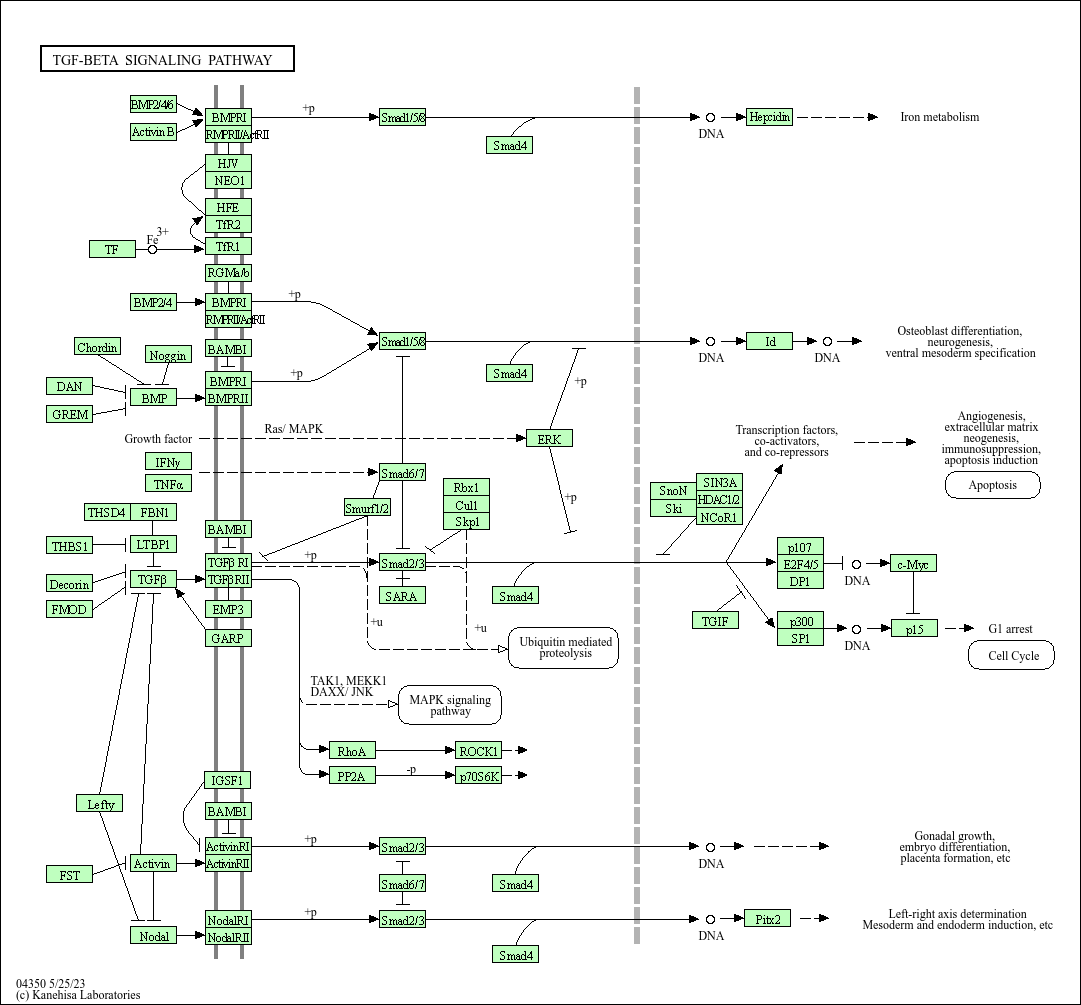| Source: Cancer Cell 23, 238-248 |
Eph receptors normally help neurons during embroyonic development, but is not expressed at high levels later in development. However, these receptors are re-expressed in some cancers.
This research paper focused on one such receptor in particular called EphA3. This study analysed the expression EphA3 in 80 patient biopsies and in cells derived from patients. They also explored the effect of knocking out the expression of EphA3 using shRNA technology (remember that term from the previous post!). Mice were also transplanted with cancer cells under the skin in one set of experiments and directly into the skull in the second set of experiments and then EphA3 was knocked down to try to rescue them.
Below are some of their key findings:
- EphA3 is highly expressed in gliobastoma especially in the most severe type called mesenchymal glioblastoma
- When EphA3 expression was knocked down in patient cancer cells, these cells could no longer form tumours
- Of the mice that had cancer cells transplanted under their skin, all mice receiving EphA3 knockdown survived for more than 100 days without tumour formation whereas all mice not receiving EphA3 had tumours of 1cm diameter (at this point they had to be sacrificed). One one mice (there was six in total for each group) that recieved the EphA3 knockdown had a small tumour when the experiment ended at day 140 when the experiment ended.
- Of the mice that had cancer cells transplanted into their skull, all mice receiving EphA3 knockdown treatment survived and had no tumours at day 145 when the experiment ended.
Below is a biopsy of the mice brain, where you can see that on the left side, there is a clear and large tumour. This is because this side did not receive any EphA3 knockdown. The right side on the other hand did receive EphA3 and as you can see it appears normal with no tumour formation.
 |
| Source: Cancer Cell 23, 238-248 |
This finding is exciting because EphA3 would make an ideal therapeutic target against Glioblastoma. Dr Day and his collegues ended the paper by saying: "What might then be the benefits of therapeutic targeting of this cell-surface receptor? EphA3 is expressed at low targets in adult tissues, making it relatively tumor specific. More importantly, our results suggest that such therapy can eliminate the tumor-initiating cells, thereby stopping the tumour at its source."



